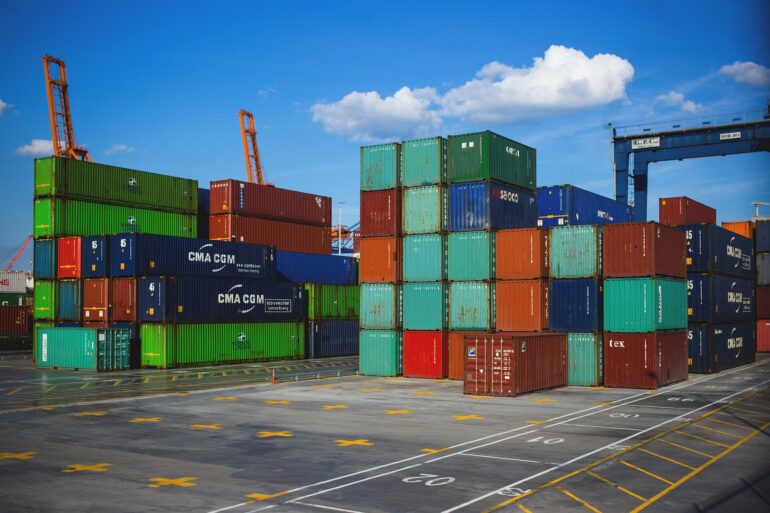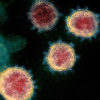Trying to spot contraband is a tricky business. Not only is identifying items like narcotics and counterfeit merchandise difficult, but the current most used technology—X-rays—only gives a 2D view, and often a muddy one at that.
“It’s not like X-raying a tooth, where you just have a tooth,” said Eric Miller, professor of electrical and computer engineering at Tufts. Instead, it’s like X-raying a tooth and getting the entire dental exam room.
But Miller and his research team have now found a possible solution that uses AI with deep learning to spot items that shouldn’t be there and is accurate 98% of the time. Their findings were published in Engineering Applications of Artificial Intelligence.
The need for better imaging is critical. In the U.S., more than 11 million containers arrive by sea, 11 million on trucks, and 2.7 million by rail, and all need to be screened annually, according to the U.S. Customs and Border Protection.
Currently, cargo inspections are frequently done by X-ray, attempting to look at complex collections of items, all of which are effectively overlaid with one another due to the way in which X-rays work. As a result, such image reviews require constant human overview, which can be exhausting and lead to mistakes.
For the study, researchers took data sets of images of bundled items and guided the deep learning AI to identify items that are expected, like tires and wine bottles, and those that are not. For example, they worked first with simple anomalies—items shaped like cylinders and ninja stars. Then they moved to complex anomalies, like those shaped like coin purses, animal tusks, and jugs.
The study was done on simulated information. For the technology to be implemented in real time, the model would need much more research to be fine-tuned and validated on multiple kinds of real materials, said Miller. It would also not operate on its own to determine what is prohibited and what is not. Instead, the model would identify possible anomalies for later human review.
The method could also be applied in areas like microscopy, medical research, disaster recovery, and quality control. It could also be applied to helping manufacturers identify things like cracks in airplane wings or deficiencies in computer chips, Miller said.
“Wherever you need to look at stuff in a cluttered environment, this model could be adapted and trained to help spot something that doesn’t belong there, the thing you’re trying to find,” he said.
More information:
Bipin Gaikwad et al, Self-supervised anomaly detection and localization for X-ray cargo images: Generalization to novel anomalies, Engineering Applications of Artificial Intelligence (2024). DOI: 10.1016/j.engappai.2024.109675
Citation:
AI-enabled technology is 98% accurate at spotting illegal contraband (2025, January 10)



